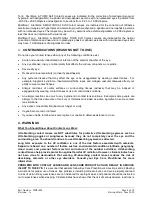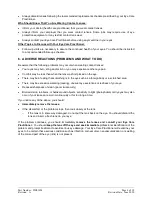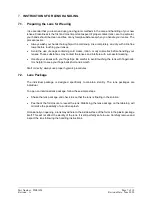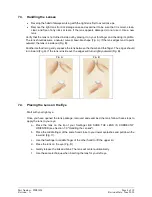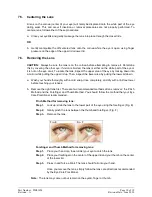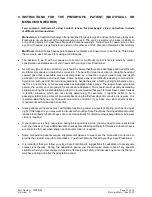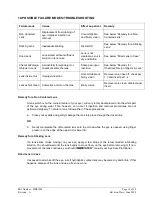
Part Number: PIB01054
Page 17 of 18
Revision: A
Revision Date: June 2020
13. GLOSSARY OF TECHNICAL TERMS
Term
Definition
Adnexa
Tissues surrounding the eyeball
Ametropia
Abnormal vision requiring correction for proper focus
Anterior chamber
Fluid-filled portion of the eye between the iris and
innermost corneal surface
Aphakic
An eye that does not have its natural lens (example:
after cataract surgery)
Aspherical contact lens
A lens with a curve that is not round, but has different
shapes across its surface
Astigmatism
A condition where the cornea is not equally curved in all
parts of its surface. It is somewhat oval in shape,
causing the visual image to be out of focus (blurred).
Conjunctiva
Transparent membrane that lines the eyelids and the
white part of the eye
Conjunctivitis
Inflammation of the conjunctiva
Continuous Wear
Extended wear for multiple nights in a row
Cornea
Clear front part of the eye that covers the iris, pupil and
anterior chamber.
Corneal erosion
Wearing away of the surface of the cornea
Corneal ulcer
A sore or lesion on the cornea
Disinfection
A process that kills harmful microorganisms (germs)
which can cause serious eye infections
Extended Wear
Wearing lenses for 24 hours a day, including while
sleeping
Hydrophilic material
“Water loving” or water absorbing substance
Hyperopia
Farsightedness
Hypoesthesia
Reduced corneal sensitivity to touch
Iritis
Inflammation of the colored part of the eye (iris)
Inflammation
Swelling, redness and pain


